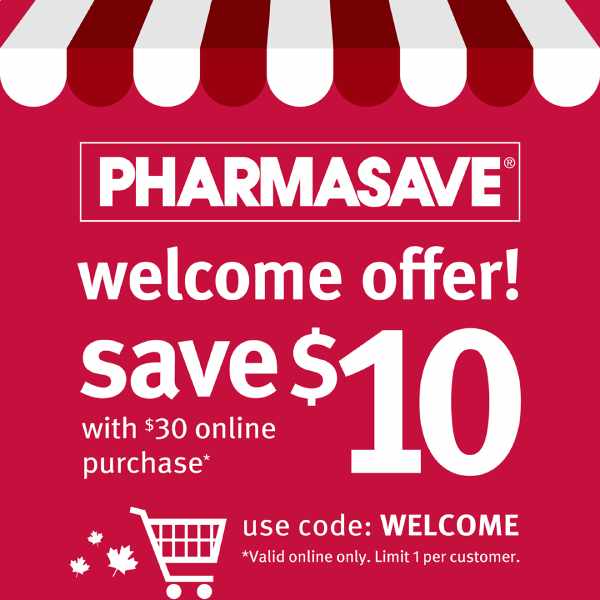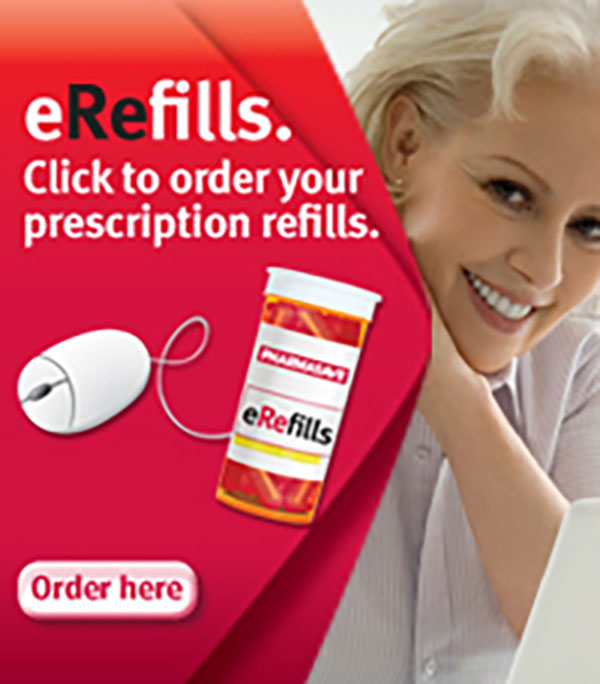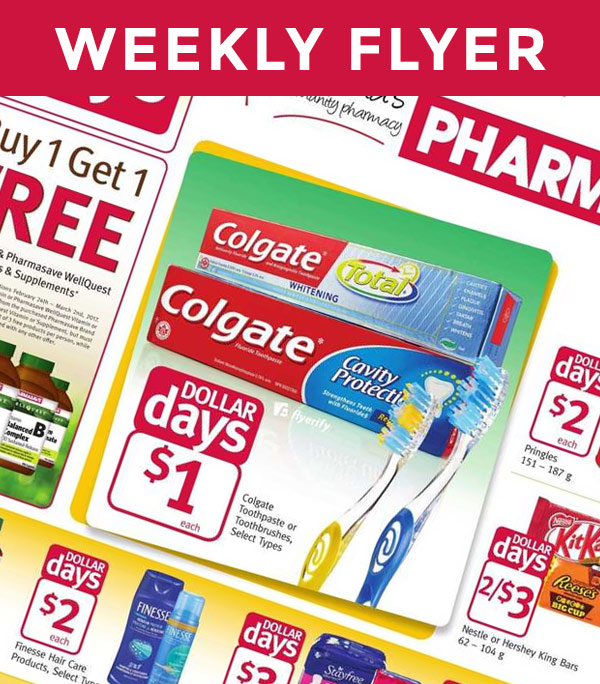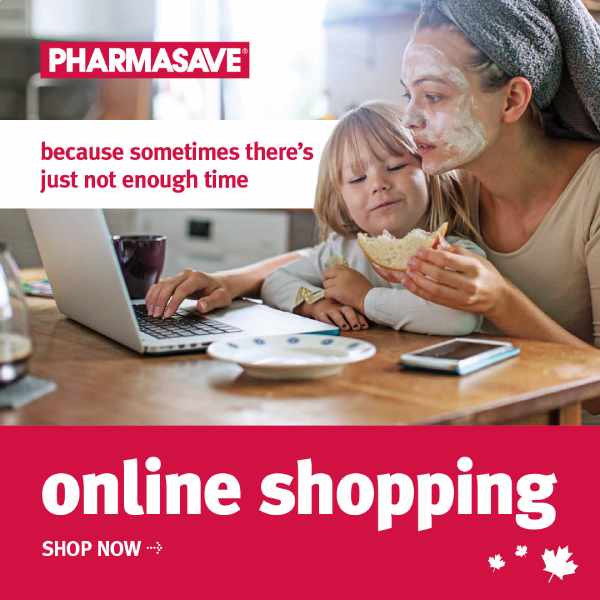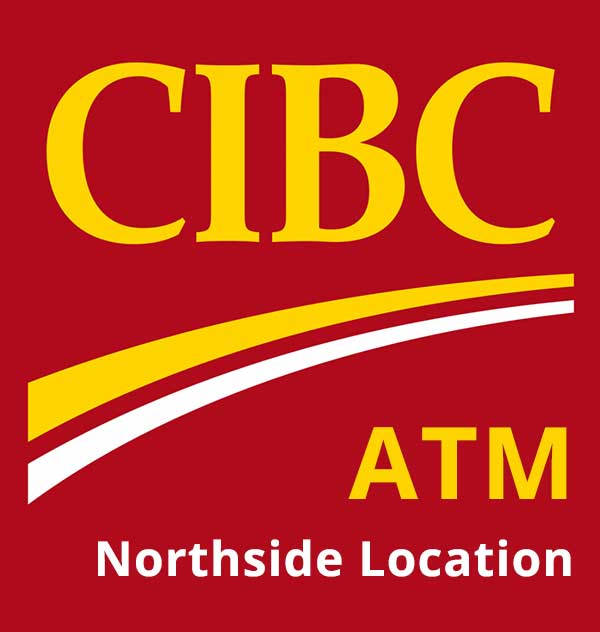
Pharmasave Port Coquitlam
Our Community Matters3295 Coast Meridian Road
Port Coquitlam, British Columbia
P: 604.942.9813 | F: 604.942.1561
100 - 2255 Elgin Ave
Port Coquitlam, British Columbia
P: 604.942.7117 | F: 604.942.4665
Dermatology
- Acne
- Chemical Peels
- Incontinence
- Onychomycosis
- Pigmentation
- Rosacea
- Scarring & Keloids
- Topical Anesthetics
- Wrinkles & Photoaged Skin
Our compounding professionals can prepare individualized therapies for a myriad of dermatologic problems. Compounding pharmacists continue to improve both the aesthetic and therapeutic aspects of customized medications, offering alternatives and advantages for dermatology. We can compound medications into cosmetically appealing creams, transdermal gels, topical sprays and powders, as well as create customized oral dosage forms (such as flavored troches or lollipops) and various preparations for other routes of administration. Compatible drugs can be combined into a single dosage form to simplify a medication administration schedule and improve compliance. USP approved chemicals can be utilized to enhance the absorption of topically applied medications. We commonly prepare unique formulations that physicians develop to meet specific needs of their patient population, or “tried and true” formulas acquired during medical training.
Acne
We can compound customized formulations which contain numerous medications to provide a synergistic effect for treatment of resistant acne.
Int J Dermatol 1995 Jun;34(6):434-7
Topical nicotinamide compared with clindamycin gel in the treatment of inflammatory acne vulgaris.
Shalita AR, Smith JG, Parish LC, Sofman MS, Chalker DK
Department of Dermatology, State University of New York, College of Medicine, Brooklyn, USA.
The abstract of this article can be viewed online.
Go to PubMed: www.ncbi.nlm.nih.gov/PubMed
In the search box, enter the following PMID: 7657446
J Dermatol 1996 Apr;23(4):243-6
Topical spironolactone reduces sebum secretion rates in young adults.
Yamamoto A, Ito M
Department of Dermatology, Niigata University School of Medicine, Japan.
The abstract of this article can be viewed online.
Go to PubMed: www.ncbi.nlm.nih.gov/PubMed
In the search box, enter the following PMID: 8935338
Chemical Peels
Chemical peelings with kojic acid, glycolic acid, and trichloroacetic acid, either alone or in combination, are an effective therapy for diffuse melasma and localized hyperpigmentations (lentigo).
Dermatol Surg 1999 Jun;25(6):450-4
The use of chemical peelings in the treatment of different cutaneous hyperpigmentations.
Cotellessa C, Peris K, Onorati MT, Fargnoli MC, Chimenti S
Department of Dermatology, University of L’Aquila, Italy.
The abstract of this article can be viewed online.
Go to PubMed: www.ncbi.nlm.nih.gov/PubMed
In the search box, enter the following PMID: 10469091
Incontinence
Ann Pharmacother 1996 Sep;30(9):954-6
Cholestyramine ointment to treat buttocks rash and anal excoriation in an infant.
White CM, Gailey RA, Lippe S.
Albany College of Pharmacy, NY 12208, USA.
The abstract of this article can be viewed online.
Go to PubMed: www.ncbi.nlm.nih.gov/PubMed
In the search box, enter the following PMID: 8876854
Dis Colon Rectum 1987 Feb;30(2):106-7
Cholestyramine ointment in the treatment of perianal skin irritation following ileoanal anastomosis.
Moller P, Lohmann M, Brynitz S.
The abstract of this article can be viewed online.
Go to PubMed: www.ncbi.nlm.nih.gov/PubMed
In the search box, enter the following PMID: 3803113
Onychomycosis
Trop Med Int Health 1999 Apr;4(4):284-7
Treatment of toenail onychomycosis with 2% butenafine and 5% Melaleuca alternifolia (tea tree) oil in cream.
Syed TA, Qureshi ZA, Ali SM, Ahmad S, Ahmad SA
Department of Dermatology, University of California, San Francisco, USA. tasyed@itsa.ucsf.edu
The abstract of this article can be viewed online.
Go to PubMed: www.ncbi.nlm.nih.gov/PubMed
In the search box, enter the following PMID: 10357864
Pigmentation Abnormalities
Patients with vitiligo have low catalase levels in their epidermis in association with high levels of hydrogen peroxide. Topical application of a UVB-activated pseudocatalase cream can successfully remove epidermal H2O2 resulting in a remarkable repigmentation.
J Investig Dermatol Symp Proc 1999 Sep;4(1):91-6
In vivo and in vitro evidence for hydrogen peroxide (H2O2)accumulation in the epidermis of patients with vitiligo and its successful removal by a UVB-activated pseudocatalase.
Schallreuter KU, Moore J, Wood JM, Beazley WD, Gaze DC, Tobin DJ, Marshall HS, Panske A, Panzig E, Hibberts NA.
Clinical and Experimental Dermatology, Department of Biomedical Sciences, University of Bradford, UK.
The abstract of this article can be viewed online.
Go to PubMed: www.ncbi.nlm.nih.gov/PubMed
In the search box, enter the following PMID: 10537016
Rosacea
Clin Exp Dermatol 2003 Jan;28(1):61-3
Topical application of NADH for the treatment of rosacea and contact dermatitis.
Wozniacka A, Sysa-Jedrzejowska A, Adamus J, Gebicki J.
Department of Dermatology, Medical University, and the Institute of Applied Radiation Chemistry, Technical University, Lodz, Poland.
The abstract of this article can be viewed online.
Go to PubMed: www.ncbi.nlm.nih.gov/PubMed
In the search box, enter the following PMID: 12558633
Scarring and Keloids
Br J Plast Surg 1998 Sep;51(6):462-9
Topical tamoxifen–a potential therapeutic regime in treating excessive dermal scarring?
Hu D, Hughes MA, Cherry GW
Department of Dermatology, Churchill Hospital, Headington, Oxford, UK.
The abstract of this article can be viewed online.
Go to PubMed: www.ncbi.nlm.nih.gov/PubMed
In the search box, enter the following PMID: 9849367
Topical Anesthetics
Topical anesthesia is needed for common procedures such as suturing, wound cleaning, and injection administration. The ideal topical anesthetic would provide complete anesthesia following a simple pain-free application, not contain narcotics or controlled substances, and have an excellent safety profile. The combination of topical anesthetics lidocaine and tetracaine and the vasoconstrictor epinephrine has been used successfully for anesthesia prior to suturing linear scalp and facial lacerations in children. A triple-anesthetic gel containing benzocaine, lidocaine, and tetracaine (“BLT”) has also been reported to be effective when applied prior to laser and cosmetic procedures. Convenience of application without need for occlusion is an advantage of these topical anesthetics.
The following article concludes: “LAT gel (4% lidocaine, 1:2000 adrenaline, 0.5% tetracaine) worked as well as TAC gel (0.5% tetracaine, 1:2000 adrenaline, 11.8% cocaine) for topical anesthesia in facial and scalp lacerations. Considering the advantages of a noncontrolled substance and less expense, LAT gel appears to be better suited than TAC gel for topical anesthesia in laceration repair in children.”
Pediatrics 1995 Feb;95(2):255-8
Lidocaine adrenaline tetracaine gel versus tetracaine adrenaline cocaine gel for topical anesthesia in linear scalp and facial lacerations in children aged 5 to 17 years.
Ernst AA, Marvez E, Nick TG, Chin E, Wood E, Gonzaba WT
Department of Medicine, Louisiana State University, New Orleans.
The abstract of this article can be viewed online.
Go to PubMed: www.ncbi.nlm.nih.gov/PubMed
In the search box, enter the following PMID: 7838644
The following article reported that a triple-anesthetic gel containing benzocaine, lidocaine, and tetracaine (“BLT”) applied prior to treatment with a 532-nm KTP laser resulted in significantly lower pain scores than with 3 other topical anesthetics at 15, 30, 45, and 60 minutes after application.
Cosmetic Dermatology 2003 Apr;16(4):35-7
Topical Triple-Anesthetic Gel Compared With 3 Topical Anesthetics
Lee MWC
Department of Dermatologic Surgery, University of California, San Francisco
Wrinkles and Photoaged Skin
In the following study, the effects of topical 0.01% estradiol and 0.3% estriol compounds were measured in preclimacteric women with skin aging symptoms. After treatment for 6 months, elasticity and firmness of the skin had markedly improved; wrinkle depth and pore sizes had decreased by 61 to 100%; skin moisture had increased; and wrinkle depth decreased significantly.
Int J Dermatol 1996 Sep;35(9):669-74
Treatment of skin aging with topical estrogens.
Department of Dermatology, University of Vienna Medical School, Austria.
The abstract of this article can be viewed online.
Go to PubMed: www.ncbi.nlm.nih.gov/PubMed
In the search box, enter the following PMID: 8876303
Br J Dermatol. 2003 Oct; 149(4): 841-9
Randomized, placebo-controlled, double blind study on the clinical efficacy of a cream containing 5% alpha-lipoic acid related to photoageing of facial skin.
Beitner H
Department of Dermatology, Karolinska Hospital, 17176 Stockholm, Sweden.
The abstract of this article can be viewed online.
Go to PubMed:www.ncbi.nlm.nih.gov/PubMed
In the search box, enter the following PMID: 14616378
